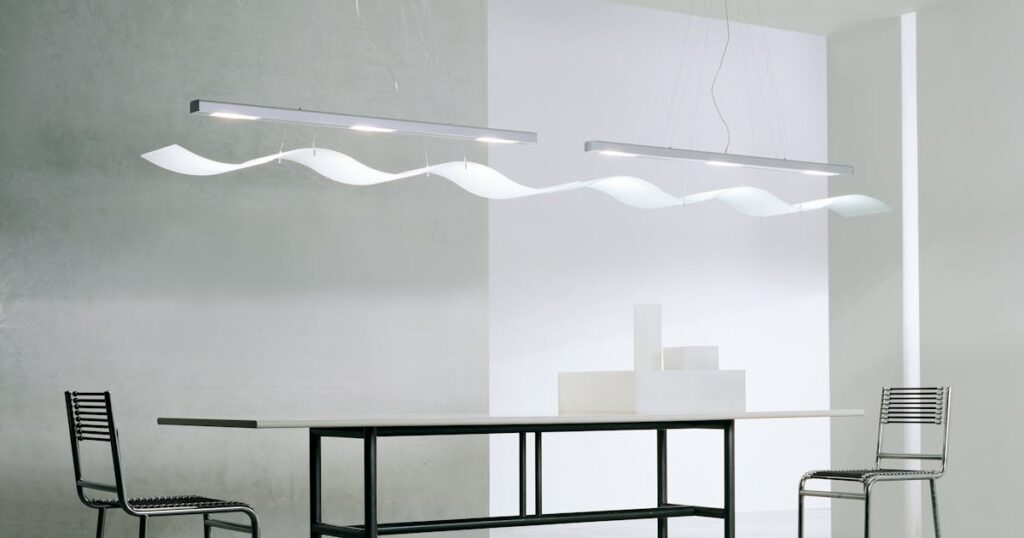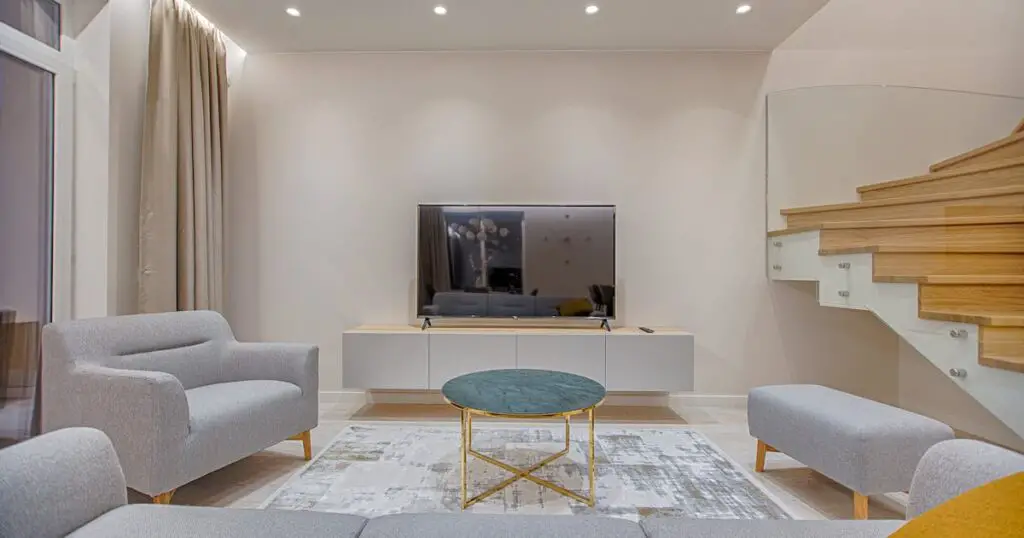Minimalism has become a popular trend across various industries, from interior design to fashion and even website layouts. It’s no surprise that this design concept has gained traction in recent years, as it promotes simplicity, functionality, and mindfulness.
But what exactly is minimalism in design? And why are so many people drawn to it? In this article, we will explore the reasons behind the popularity of minimalist design and its benefits.

The Importance of Lead Management
Before delving into the specifics of minimalist design, it’s essential to understand the importance of lead management. Lead management refers to the process of identifying and nurturing potential customers or clients for your business. It involves understanding their needs and preferences and tailoring your marketing strategies accordingly. Effective lead management can help businesses attract and retain customers, increasing their revenue and growth.
How to Design Minimal
Minimalist design is all about simplicity and functionality. To create a minimalist design, you need to focus on essential elements while eliminating any unnecessary clutter or distractions. This includes using a limited color palette, opting for clean lines and shapes, and utilizing negative space strategically. The goal is to create a clean and uncluttered look that is visually appealing and easy to navigate.
When it comes to designing minimal, less is always more. This means using only the necessary elements to convey your message or brand identity. For example, in website design, this could mean having a simple layout with clear navigation options and limited text and images. In interior design, it could mean using neutral colors and clean lines to create an open and airy space.
What Is Minimalism In Design?
Minimalism in design is a concept that originated in the 20th century as a reaction against ornate and extravagant styles. It focuses on stripping away any excess or unnecessary elements to achieve simplicity and functionality. This design approach values function over form and promotes a mindful and intentional approach to design.

Minimalism in design can be seen across various industries, including art, architecture, fashion, and graphic design. It’s characterized by clean lines, simple shapes, subdued colors, and a lack of embellishments or decorations. While minimalism may seem straightforward at first glance, it requires careful consideration and attention to detail to achieve a visually appealing and effective design.
The Benefits of Minimalist Design
The rising popularity of minimalism in design is not without reason. There are several benefits to adopting this approach, both for businesses and individuals.
1. Improved User Experience
One of the main advantages of minimalist design is its ability to improve user experience. By eliminating unnecessary clutter and distractions, users can easily find what they are looking for and navigate through the design effortlessly. This is especially crucial in website design, where a cluttered layout can lead to high bounce rates and dissatisfied visitors.
2. Enhanced Brand Identity
In today’s fast-paced world, it’s essential to make a strong first impression. Minimalist design allows businesses to create a memorable and distinct brand identity that stands out from the competition. By utilizing clean lines, simple shapes, and limited colors, businesses can create a sleek and modern look that resonates with their target audience.
3. More Space for Creativity
Ironically, limiting the elements in design can actually open up more space for creativity. With fewer distractions, designers have more room to experiment and express their creativity in a clean and refined way. This can result in unique and innovative designs that catch the eye.
4. A Sustainable Approach
Minimalism promotes a sustainable approach to design by reducing waste and using only what is necessary. This not only benefits the environment but also leads to cost savings for businesses. By opting for minimalistic packaging or simple website layouts, businesses can reduce their carbon footprint and save money on production costs.

5. A Mindful and Intentional Lifestyle
Beyond design, minimalism has become a lifestyle choice for many individuals. In a world of excess and consumerism, adopting a more mindful and intentional approach to life can bring a sense of fulfillment and purpose. The idea of “less is more” can translate into decluttering, simplifying daily routines, and focusing on what truly matters.
FAQs
In this section, we will be delving into some of the most common inquiries and curiosities that surround our topic.
Is minimalism only about using a limited color palette?
No, minimalism in design involves much more than just colors. It’s about creating a clean and uncluttered look by utilizing essential elements while eliminating any unnecessary ones.
Is minimalism suitable for all businesses?
Yes, minimalism can be applied to various industries and businesses. It’s a versatile design concept that can be customized to fit different needs and purposes. However, it may not be the best approach for every business, so it’s essential to consider your target audience and brand identity before adopting this design style. So, it is important to carefully evaluate and determine if minimalism aligns with your business goals and values before implementing it.
Can minimalism be applied in personal life?
Yes, the principles of minimalism can also be applied in personal life. It involves being intentional and mindful about the things we own, consume, and do on a daily basis. By simplifying our lives and focusing on what truly matters, we can achieve a more clutter-free and fulfilling lifestyle. Overall, minimalism promotes a simpler, more purposeful way of living that can benefit us in various aspects of life. So, consider incorporating minimalist principles into your personal life as well for a well-rounded approach to minimalism. End of Document. End of Text. End of Section.
conclusion: Why is Minimalist Design So Popular?
In conclusion, minimalism is much more than a design principle or a fleeting trend; it is a holistic approach that can transform our environments, products, and even the way we live our lives.
By focusing on the essentials and shedding the superfluous, we not only enhance the aesthetic and functional quality of our creations but also pave the way for more sustainable, intentional, and fulfilling practices in both the professional and personal realms.



Leave a Comment
You must be logged in to post a comment.